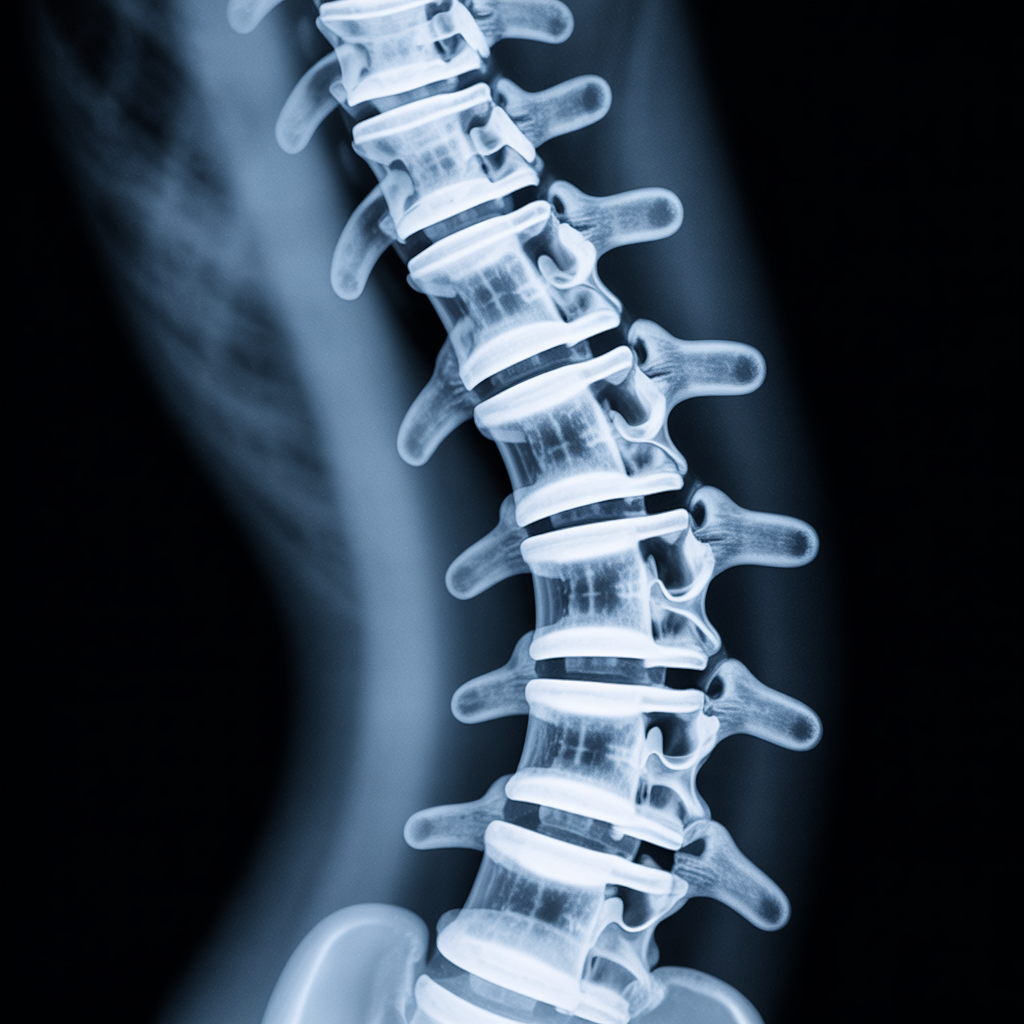BMD (Bone Mineral Deficiency) in sports: development, detection & prevention:
What is BMD and why is it relevant in sports?
Bone mineral density (BMD) indicates how "solid" the bone substance is and plays a crucial role in skeletal stability. Adequate BMD is particularly important for athletes, as intense exercise, jumping, and high training volumes place strain on the bones, and a deficiency can lead to fractures or stress fractures.
How does bone mineral deficiency (BMD) develop?
A lack of bone mineral density is primarily caused by relative energy deficit (too few calories in compared to energy expenditure, RED-S) and nutrient deficiencies (e.g., calcium or vitamin D). In women, this can also lead to hormonal imbalances (e.g., low estrogen levels, amenorrhea), which further impair calcium absorption and bone mineralization.
Athletes who are often affected are:
- Completing a high training workload with little rest.
- Eating a diet low in energy or nutrients (often due to weight pressure or aesthetic reasons).
- Experiencing chronic stress or other hormonal imbalances.
- Participate in sports such as endurance, martial arts, or aesthetic sports, where a low body weight is often desirable.
How do you recognize low BMD?
Low bone mineral density often goes undetected because it doesn't cause direct symptoms. Warning signs include:
- Recurrent bone fractures or stress fractures under more “normal” load.
- Cycle disorders (e.g. absence of menstruation/amenorrhea) in women.
- Chronic energy deficiency states (RED-S = Relative Energy Deficiency in Sport) in women and men.
Medical diagnoses are usually made via:
- Bone density measurements (DXA scan, Z-score).
- Surveys on diet, exercise routine and symptoms (RED-S Clinical Assessment Tool).
- Laboratory parameters (estradiol, calcium, vitamin D).
How can BMD deficiency be avoided in sports?
- Optimize your diet: Ensure adequate energy intake, especially during intense training. Make sure you get enough calcium and vitamin D—these are essential for bone health.
- Training design: Avoid chronic overtraining and allow yourself recovery phases. Extreme exertion without recovery time increases the risk of BMD deficiency.
- Monitor your cycle and health: Women, in particular, should pay attention to cycle changes and have them checked out. Male athletes are also affected if symptoms such as reduced performance and recurring injuries occur.
- Preventive examinations: Regular bone density measurements, especially if energy deficit or repeated bone fractures are suspected.
- Raise awareness: Coaches, athletes, and medical teams should actively monitor BMD and RED-S and intervene at the first signs.
Conclusion
A BMD deficiency in sports is a serious but preventable problem. It usually results from a combination of energy deficit, nutrient deficiencies, and hormonal imbalances. Prevention is possible – with good nutrition, sensible training, awareness, and regular checkups.
Make your bones strong! Take care of energy, nutrients, and recovery to achieve your athletic goals in a healthy way.




















Leave a comment
All comments are moderated before being published.
This site is protected by hCaptcha and the hCaptcha Privacy Policy and Terms of Service apply.